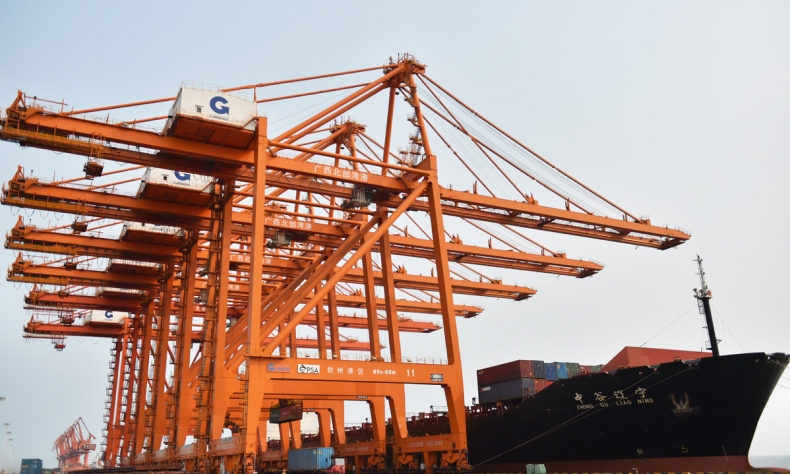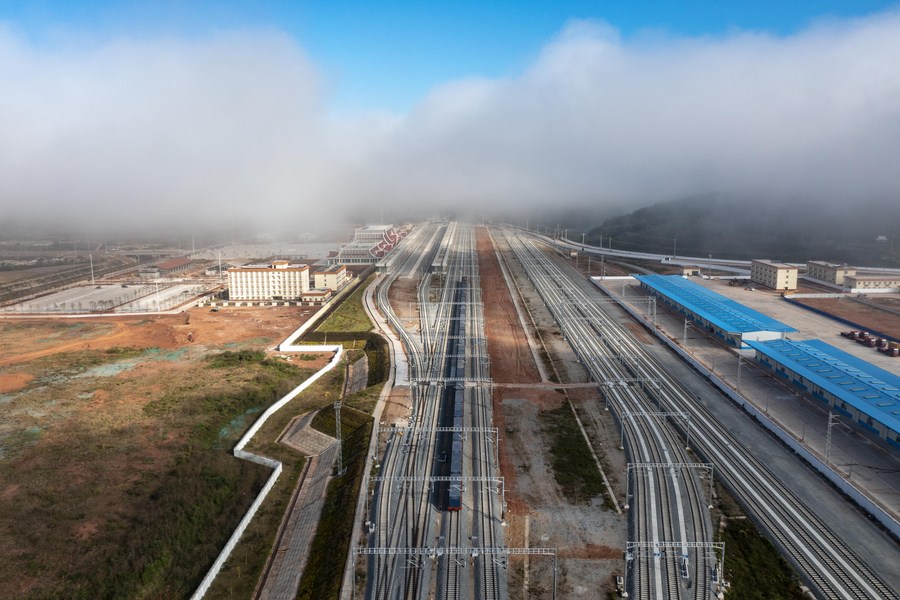RCEP to Help Build Economic Resilience

The effective implementation of the RCEP agreement will accelerate China’s opening-up, which will facilitate more countries to tap into the market potential of the world’s second-largest economy.
The Regional Comprehensive Economic Partnership (RCEP) agreement officially took effect on Jan. 1. As the world’s largest trade agreement, the pact spans a market comprised of 2.2 billion people with a combined economic worth of $26.2 trillion, or 30% of the world’s GDP.
The RCEP, compared with the previous free trade mechanisms, can be considered more open as it contains 20 chapters relating to a wide range of categories, including trade in goods and services, investment, dispute settlement, as well as intellectual property, digital trade, e-commerce, finance, and telecommunication.
With the COVID-19 pandemic going on for more than two years, the world economy has suffered its worst recession since World War II. The International Monetary Fund (IMF) said that the emergence of new highly infectious variants of COVID-19 could wipe about $4.5 trillion off the global GDP by 2025. In this regard, the world needs to work together to tide over difficulties and ensure that economic globalization becomes more open, inclusive, balanced, as well as beneficial.

The Asia-Pacific region has become the most dynamic and promising economic powerhouse globally. Under the framework of the RCEP, participating countries are able to seize the opportunity to work together to deepen mutually beneficial cooperation, which is expected to help build economic resilience and contribute to global economic recovery.
The mega-free trade agreement has been hailed by the Asia-Pacific region as an important step toward deeper regional integration and a renewed worldwide momentum for free trade in the wake of global uncertainties. The 15 participating members are in different development stages, from developed and emerging markets to less-developed economies. However, they have overcome difficulties and made efforts to bridge development gaps, manifesting their strong resolution to deepen economic and trade cooperation, setting a good example for the promotion of multilateralism.
China, as a staunch supporter of multilateralism, has pledged to work together with other RCEP members to build the mechanism into a prominent platform for economic and trade cooperation in East Asia and maintain the stability of industrial and supply chains. China has stepped up efforts to open its door wider over the past decades, and multiple measures have been adopted to make its business environment more favorable.
The effective implementation of the RCEP agreement will accelerate China’s opening-up, which will facilitate more countries to tap into the market potential of the world’s second-largest economy. This will in turn promote higher regional economic integration and improve people’s wellbeing overall.
Dr. Sun Yuning is an adjunct research fellow with the China Center for Contemporary World Studies (CCCWS).
 Facebook
Facebook
 Twitter
Twitter
 Linkedin
Linkedin
 Google +
Google +










